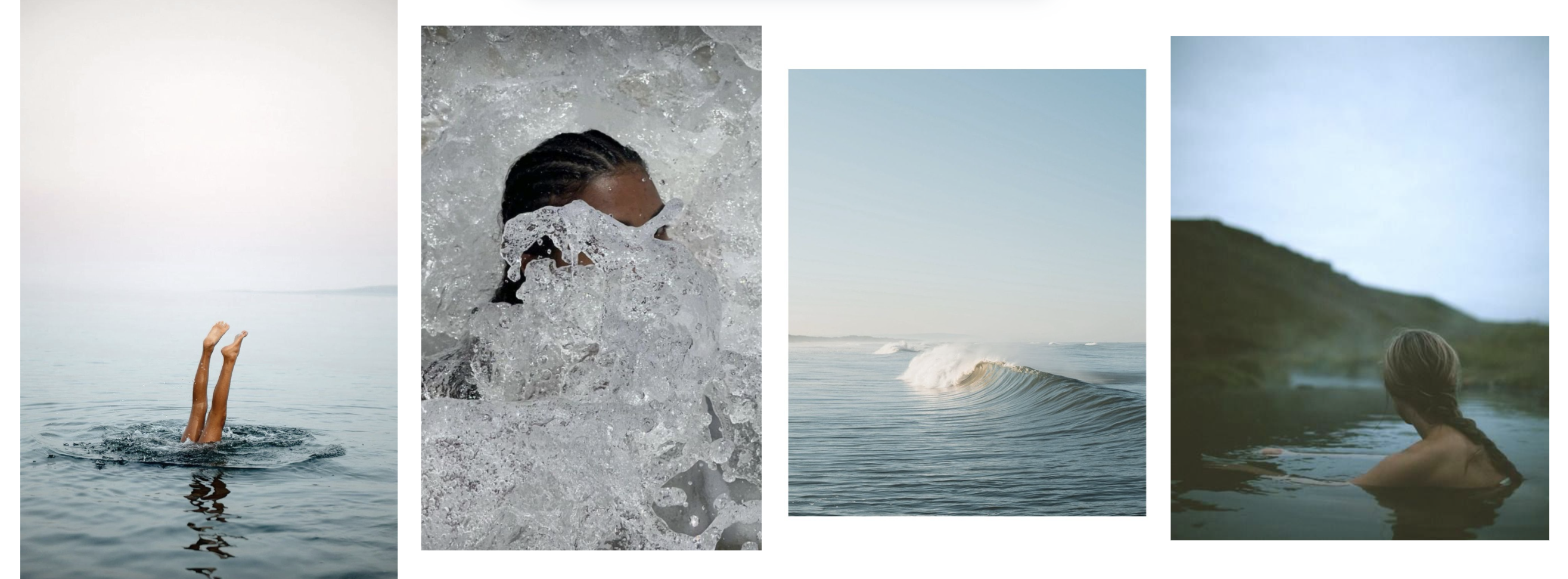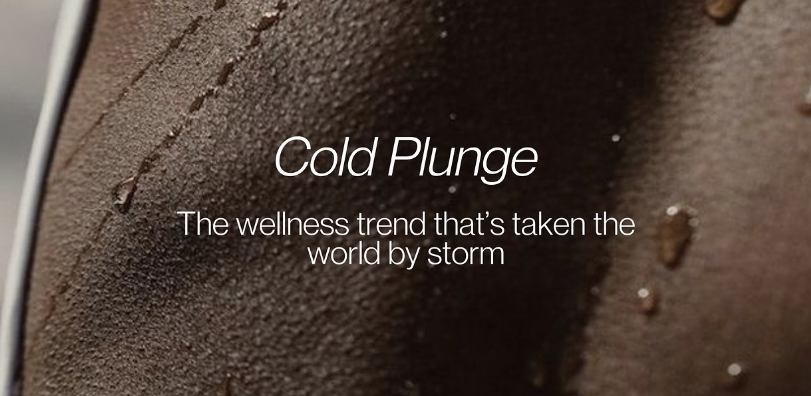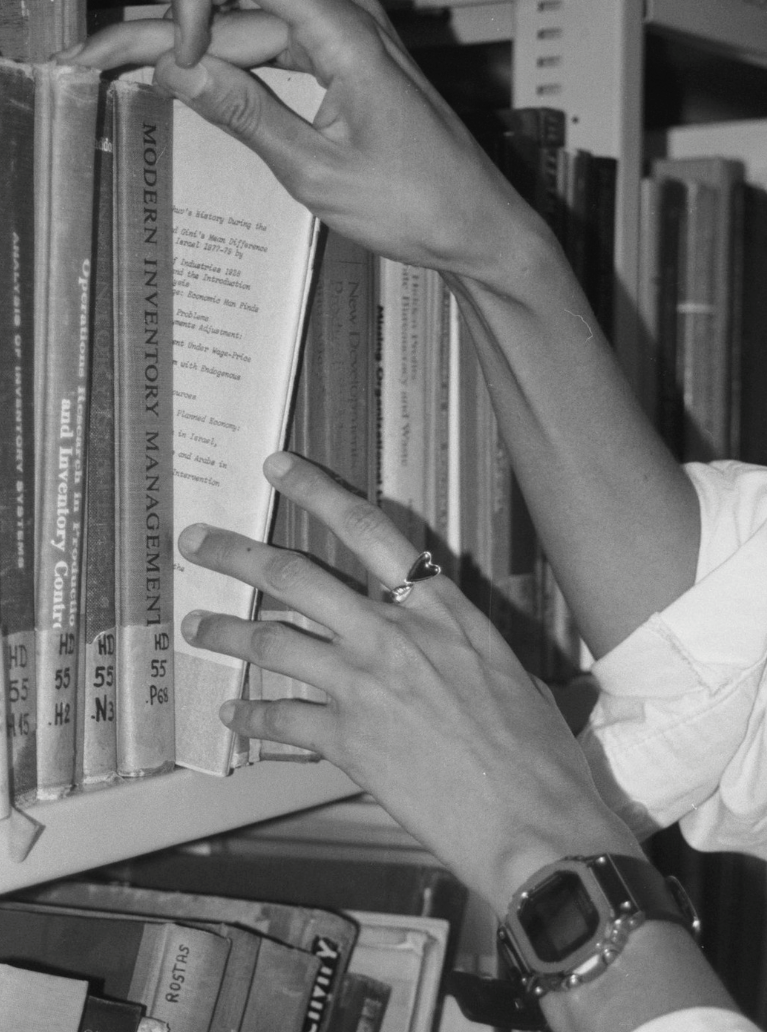
THE WHY
/
Cold Water Therapy: The Benefits and How To Try It
Cold therapy within the context of cold plunging, cold showers, and morning ocean swims involves exposing the body to cold water to trigger a range of physical and mental health benefits.
This type of therapy has gained popularity for its potential to enhance recovery, boost mental clarity, and improve overall well-being. Here’s how each of these methods works for cold therapy:
1. Cold Plunging:
- What It Is: Cold plunging refers to immersing your body in cold water, typically between 50°F (10°C) and 59°F (15°C), for a short duration, often 3 to 10 minutes.
- Benefits:
- Stimulates blood circulation
- Reduces muscle soreness and inflammation
- May improve immune function
- Provides a mental challenge, building resilience*
*Joe Rogan is a big advocate for the mental-resilience effects of cold plunging.
2. Cold Showers:
- What It Is: Taking a cold shower, typically at temperatures below 60°F (15°C), for a few minutes (or, whatever feels cold to you).
- Benefits:
- Quick and accessible form of cold therapy
- Increases alertness by boosting oxygen levels and heart rate
- Can improve skin and hair health by tightening pores
- May reduce stress and symptoms of depression due to the release of endorphins
Just remember to return the shower to an appropriate temp for the next person…
3. Morning Ocean Swims:
- What It Is: Swimming in cold ocean water, particularly early in the morning when the water temperature is usually lower.
- Benefits:
- Combines cold therapy with natural elements like salt water, which can have added skin benefits
- Refreshing and invigorating way to start the day
- May enhance mood and energy levels due to the natural environment and endorphin release
- Builds mental toughness and reduces stress
BREATHE DEEPLY
Practice deep breathing to help manage the initial shock and improve relaxation.

VASOCONSTRICTION
Cold exposure causes blood vessels to constrict (tighten), reducing inflammation and swelling. Once out of the cold, blood flow increases, helping with recovery.
ENDORPHIN RELEASE
Cold exposure triggers the release of feel-good hormones, which can reduce stress and anxiety.
BOOSTED IMMUNE SYSTEM
Regular cold exposure is thought to increase white blood cell counts, potentially improving immune function.
MENTAL TOUGHNESS
The discomfort of cold therapy can increase resilience and improve mood.

“When we embrace the cold, magic happens”

Safety Considerations:
- Gradually build up tolerance to cold exposure.
- Limit exposure time to avoid hypothermia – 1 minute per degree in temp is the usual ‘go-to’ rule.
- Consult with a healthcare professional if you have heart conditions or blood pressure issues.
Cold therapy has been used for thousands of years, dating back to ancient civilizations. Here’s a brief overview of its history:

Why do people know about the benefits of the cold today?
Ancient Civilizations:
- Ancient Egyptians (around 2500 BCE): The first recorded use of cold therapy for treating injuries and inflammation. Cold compresses were used to reduce pain and swelling.
- Ancient Greeks and Romans: Both cultures extensively used cold water for healing and rejuvenation. Greek physicians, such as Hippocrates, believed cold water could “congeal” blood and reduce inflammation. Romans took this further with their bathhouses, alternating between hot and cold baths (known as frigidarium).
- Ancient Chinese and Indian Medicine: In traditional Chinese and Ayurvedic medicine, cold and water therapies were used to balance the body’s energy and treat various ailments.
18th and 19th Centuries:
- Vincent Priessnitz, an Austrian farmer in the early 19th century, popularized cold water therapy in Europe, using cold baths and wraps to treat injuries and diseases. His methods influenced the development of hydrotherapy, which became widely used in sanatoriums during this period.
20th Century:
- Cryotherapy for medical use: In the mid-20th century, doctors began to use localized cold therapy to treat specific medical conditions such as arthritis and to reduce post-surgical swelling.
- Athletic recovery: Cold therapy gained significant traction in sports medicine during the 20th century as athletes began using ice baths and cold packs to recover from injuries and intense training.
21st Century:
Modern cold therapy: In recent years, cold therapy has evolved with the advent of technologies like whole-body cryotherapy chambers and the growing popularity of Wim Hof’s method, which integrates breathing exercises with cold exposure. Cold plunging, cold showers, and cold water immersion have become mainstream, particularly in wellness and biohacking communities, for their physical and mental health benefits.

Why get so cold?
Wim Hof’s method (Ice Man) is certainly one of the reasons ‘cold therapy’ has become a buzz word in the wellness industry. His endurance for extreme cold encouraged others to see what was possible physically but it wasn’t until he received Scientific validation that his method gained real popularity. Studies conducted proved he could influence the autonomic nervous and the immune system in ways previously thought impossible.
Exposing the body to extremely cold temperatures for short periods can benefit the body in several ways from reducing inflammation to improving mood and aiding athletic recovery. Here are some of the most commonly cited benefits:
1. Reduces Inflammation
- Cold exposure reduces blood flow to a particular area, limiting the spread of inflammation and helping the body recover faster. This is beneficial for treating injuries such as muscle strains, sprains, and joint pain.
2. Pain Relief
- Cryotherapy can numb nerve irritation, reducing pain signals sent to the brain. This makes it effective for chronic pain conditions like arthritis, fibromyalgia, and lower back pain. It can also provide temporary relief after surgery.
3. Accelerates Muscle Recovery
- Athletes often use cryotherapy to recover faster after intense physical exertion. Cold therapy reduces muscle soreness, speeds up healing of micro-tears, and decreases delayed onset muscle soreness (DOMS).
4. Enhances Athletic Performance
- By reducing inflammation and improving muscle recovery, cryotherapy allows athletes to train harder with less downtime between workouts. It may also improve endurance and performance over time.
5. Boosts Metabolism
- Exposure to cold temperatures can activate brown fat, a type of fat that burns energy to generate heat. This increase in calorie burning may support weight loss and improve metabolic health.
6. Improves Mood and Mental Health
- Cryotherapy has been shown to stimulate the release of endorphins, serotonin, and norepinephrine, which can elevate mood and alleviate symptoms of depression and anxiety. Many users report feeling euphoric after a session.
7. Enhances Skin Health
- Cold exposure can improve circulation and tighten skin, leading to a more youthful appearance. Some users experience reduced acne, improved skin tone, and the reduction of puffiness.
8. Reduces Migraine Symptoms
- Cryotherapy applied to the neck area can cool and numb nerves, which can relieve the intense pain of migraines by constricting blood vessels and reducing inflammation in the head and neck.

We Would Love To Hear From You
What are your thoughts on cold therapy and have you tried it?
Contact: clare@thewellnest.club



